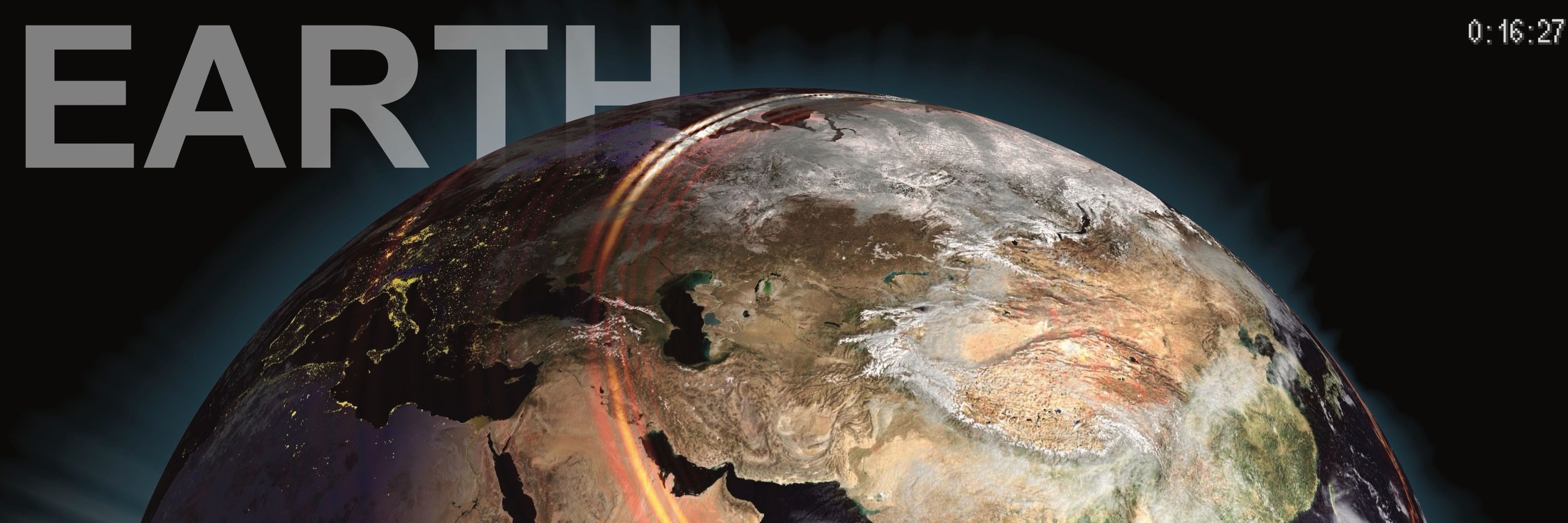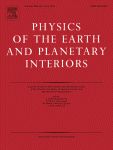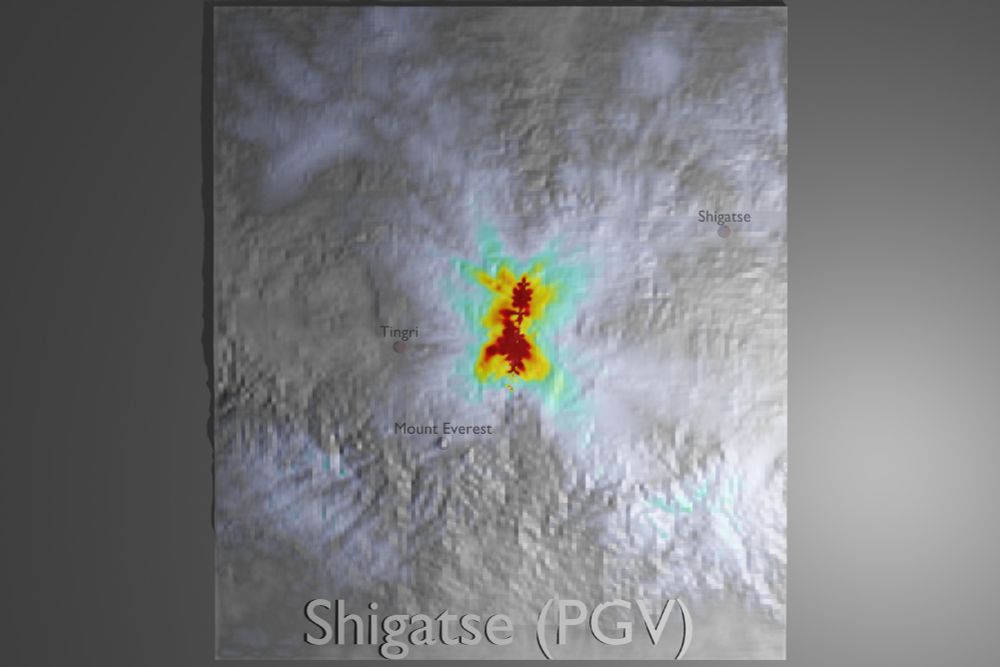
will add this example soon...
will add this example soon...




the differences here with the wavefronts are due to differences in the earthquake source description, i.e., between a single centroid (CMT) source www.sciencedirect.com/science/arti...
vs. a finite-fault description earthquake.usgs.gov/data/finitef...

the differences here with the wavefronts are due to differences in the earthquake source description, i.e., between a single centroid (CMT) source www.sciencedirect.com/science/arti...
vs. a finite-fault description earthquake.usgs.gov/data/finitef...
I guess part of the grid structure you notice is also just due to the visualization...
I guess part of the grid structure you notice is also just due to the visualization...


